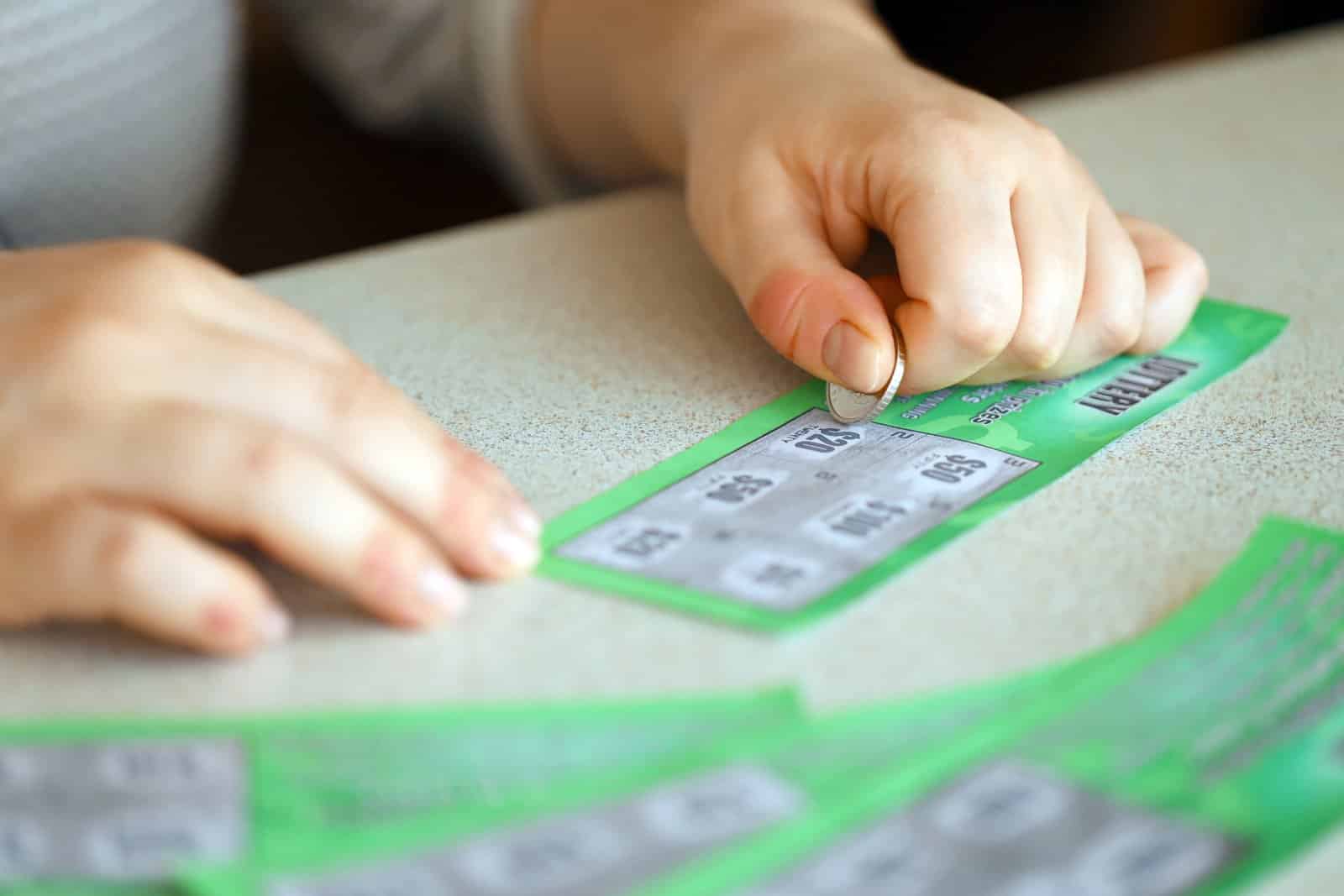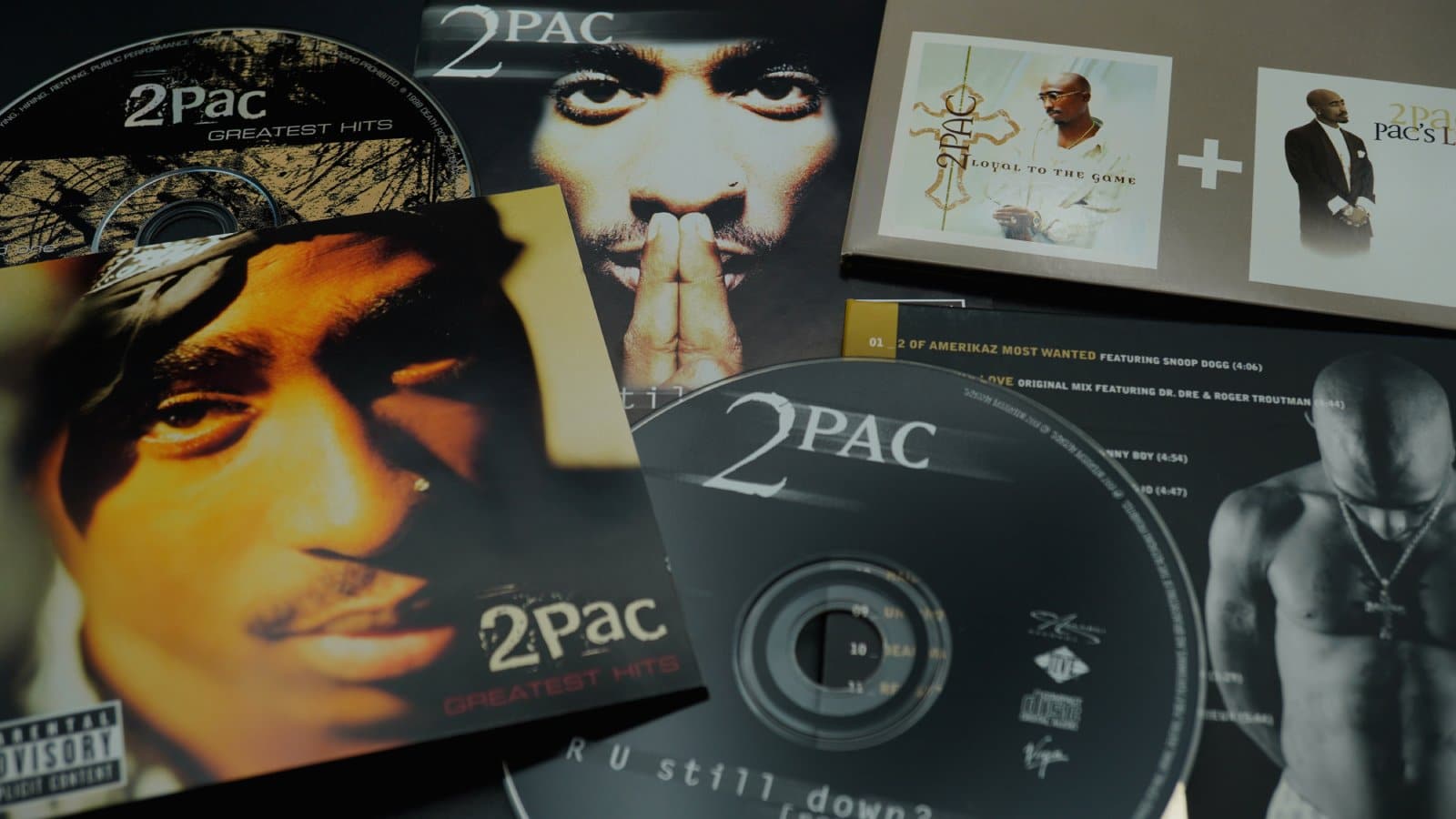In the ever-evolving dance of consumer habits, millennials are leading a revolution, quietly phasing out products and traditions once considered staples of daily life. This generation, often maligned for their disruptive tastes, is reshaping the marketplace with a mix of digital savvy, ethical purchasing, and a flair for the unconventional.
1. Cable TV

Why bother with cable when streaming platforms offer everything on demand? Millennials are cutting the cord, opting for Netflix, Hulu, and other streaming services instead.
2. Diamonds

Ethical concerns and changing values have millennials looking past diamonds. They’re investing in experiences or alternative, more sustainable stones.
3. Manual Transmissions

The stick shift is stalling with millennials, who generally prefer the convenience of automatic vehicles for their daily commute and travel.
4. Fabric Softener

Seen as unnecessary and potentially harmful to certain fabrics, fabric softener sales are slipping, thanks to millennial shoppers prioritizing other laundry additives or none at all.
5. Cereal

With busy lifestyles and a focus on healthier, more convenient breakfast options, many millennials are leaving traditional cereals on the grocery store shelves.
6. Bars of Soap

Liquid soaps and body washes have edged out traditional bars of soap among millennial consumers, citing convenience and hygiene reasons.
7. Golf

The time commitment and costs associated with golf have millennials putting this sport on the back burner, favouring quicker, less costly recreational activities.
8. Homes with Formal Dining Rooms

Millennials buying homes prefer open floor plans and multi-use spaces, making the formal dining room a relic of the past.
9. Mayonnaise

Once a fridge staple, mayonnaise is seeing a decline among younger consumers, who opt for alternative spreads and condiments that offer bold flavours or healthier profiles.
10. Ironing Boards

Casual workplace attire and advancements in fabric technology mean millennials are less likely to spend time ironing, making the ironing board an uncommon purchase.
11. Landline Phones

In the age of smartphones, landlines are considered unnecessary by most millennials, who see no reason to pay for something that duplicates the functionality of their mobile devices.
12. Doorbells

Surprisingly, doorbells are fading out in preference for smart home systems that notify homeowners directly on their smartphones when someone is at the door.
13. Lottery Tickets

Millennials are less likely to gamble on lottery tickets, viewing them as a poor investment and preferring to save or invest their money elsewhere.
14. Postcards

In the digital era, the charm of sending and receiving postcards is lost on many millennials, who prefer instant photo sharing and communication through social media.
15. Desktop Computers

As technology evolves, the bulky desktop computer is being replaced by laptops, tablets, and smartphones for both work and leisure among younger generations.
16. Wired Headphones

Bluetooth technology has millennials untangling from wired headphones, favouring the convenience of wireless options for music and calls.
17. Physical Media (DVDs, CDs)

Streaming and digital downloads have all but replaced DVDs and CDs, with millennials leading the charge toward a fully digital media landscape.
18. Disposable Cameras

Despite a nostalgic charm, disposable cameras can’t compete with the convenience and quality of smartphone photography among millennial consumers.
19. Canned Tuna

Millennials are turning away from canned tuna, citing sustainability concerns and a preference for fresher or plant-based protein sources.
Shift Happens

These 19 items reflect broader shifts in technology, values, and lifestyle preferences. As millennials continue to drive change, industries are adapting, signalling that what’s out of the shopping cart today could be the blueprint for tomorrow’s innovation.
The post Millennial Shift: 19 Items Losing Their Appeal in Today’s Market first appeared on All Things Buzz.
Featured Image Credit: Shutterstock / Mehaniq.
The content of this article is for informational purposes only and does not constitute or replace professional financial advice.
For transparency, this content was partly developed with AI assistance and carefully curated by an experienced editor to be informative and ensure accuracy.

